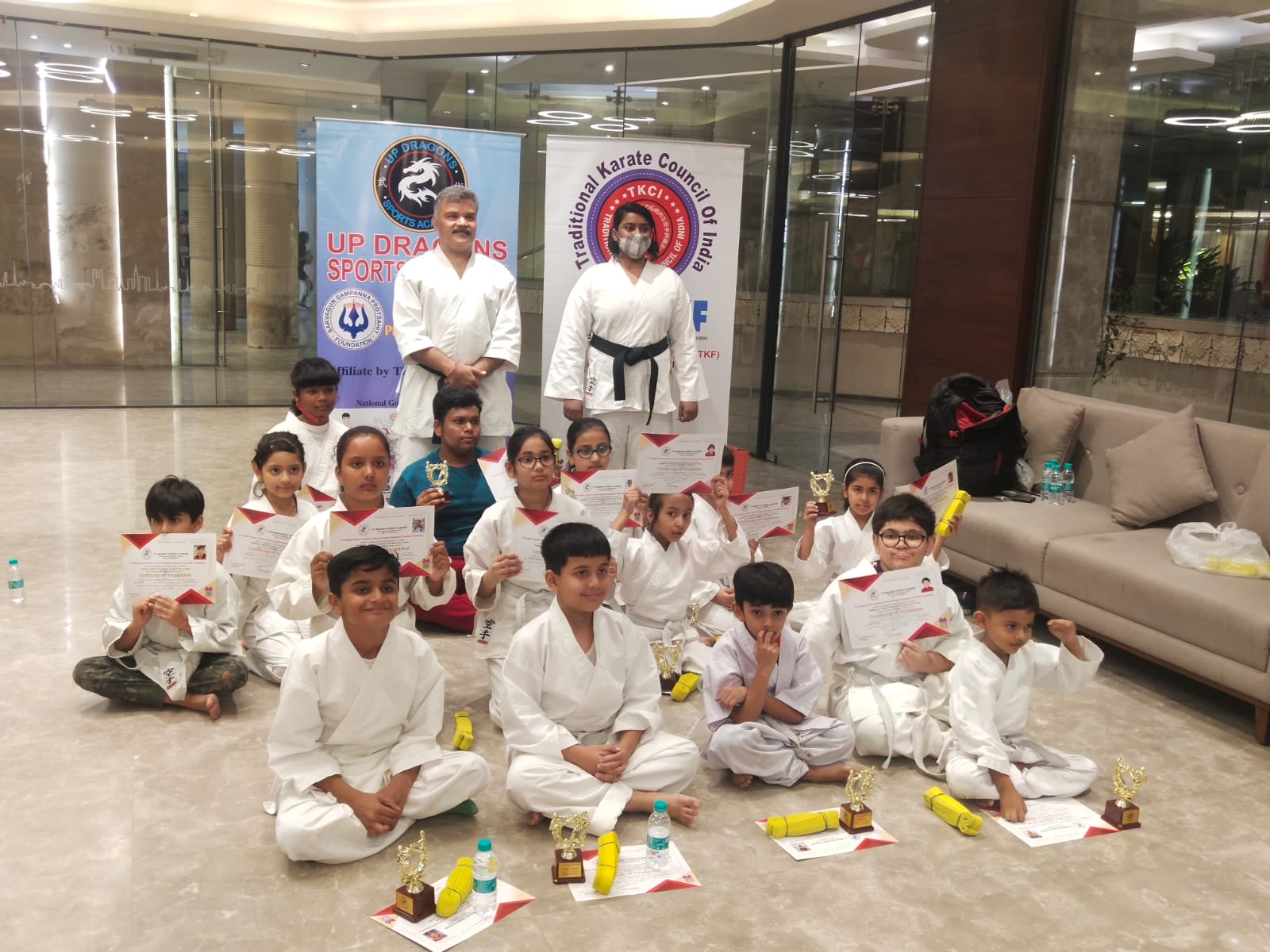Sustainability
- Home
- Sustainability
Karate For Humanity
I have studied Shotokan Karate for the last serval years. even though I am an advanced student with a green belt, I realized that I do not know very much about the history of this amazing martial art. in this project, I hope to share with you what I learned about who created Shotokan Karate, where it began, how it came to the United States and what makes it different from other martial arts. The History of Shotokan Karate Gichin Funakoshi was born in 1868 in Okinawa, an island in Japan. At the age of 11, Gichin Funakoshi became friends with the son of Yasutsune Azato who was a great Karate master. Gichin was a weak and unhealthy boy, but he became stronger the more he learned about his karate master, Yasutsune Itosu. Each teacher taught him a different Okinawan martial arts. when he became an adult , he combined the best of both martial arts to make and teach Shotokan karate.

